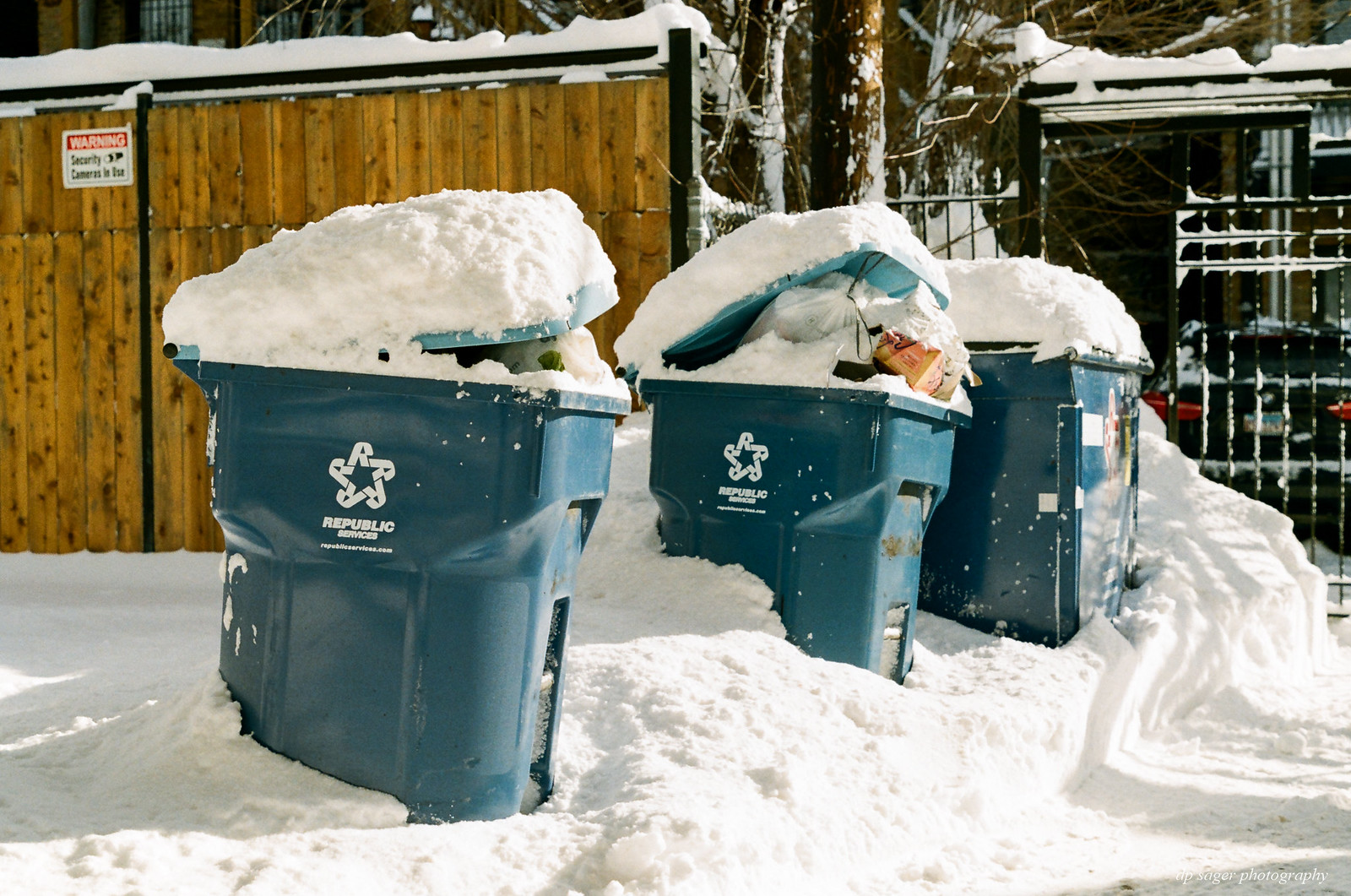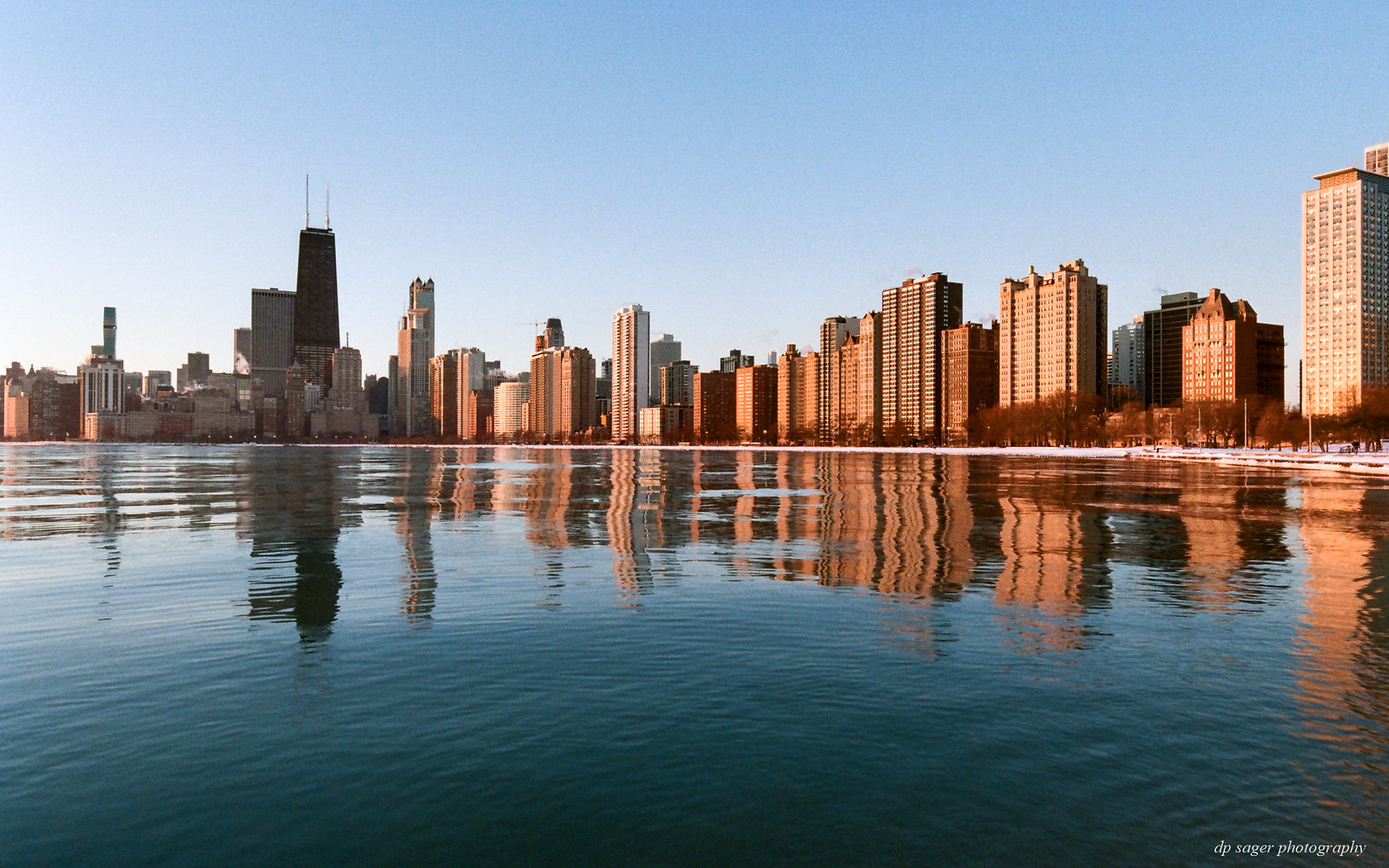Kodak Pro Image 100 vs Kodak Gold 200
Aug 14, 2022 23:53:55 #
Kodak Pro Image 100 is not a new film, but it has only recently (late 2019) become widely available in the European and North American markets. The film is sold in 5-packs in the standard yellow Kodak packaging. Kodak describes Pro Image 100 as:
“…a medium speed (EI 100) film that features high color saturation, accurate color and pleasing skin-tone reproduction, and good underexposure latitude. It is intended for portrait and social applications, and can be stored at room temperature—even in hot, humid climates.”
Pro Image not as sharp or saturated as Ektar, Kodak’s other 100 speed color negative film, but at almost half the price per roll, it offers an economic alternative for beginners for practice, and the results are still perfectly acceptable. Pro Image needs a lot of light.
This post compares a few similar images from Kodak Pro Image 100 vs Kodak Gold 200 where the Gold is shot at ISO 100. The price of 6 rolls of Gold 200 is cheaper than the 5-roll pack of Pro Image. So, if you're shopping on price, consider whether the Gold emulation is the better value for virtually the same results.
Kodak GOLD 200 is described as a medium-speed daylight-balanced color negative film offering a versatile combination of vivid color saturation, fine grain, and high image sharpness. It has a nominal sensitivity of ISO 200/24° along with a wide exposure latitude for exposing up to two stops under or three stops over to enable working in a wide variety of lighting conditions. Additionally, due to the fine grain structure, this film is well-suited for scanning or enlarging your photographs.
Only recently do I have what might be 1 to 1 compares of the two films. Both are fine-grain and return a very 'warm' tint. I shoot my film to be scanned to JPEG and to be edited further in Adobe Lightroom. That warm / yellow tint and temperature has been lessened in these final edited results.
Kodak Gold 200, loaded as ISO-100 to the camera, with +1/3 EC (effective ISO-80)
Graceland Cemetery by Paul Sager, on Flickr

Kodak Gold 200, loaded as ISO-100 to the camera, with +1/3 EC (effective ISO-80)
CTA L Tracks by Paul Sager, on Flickr

Kodak Gold 200, loaded as ISO-100 to the camera, with +1/3 EC (effective ISO-80)
Wrigleyville in Snow by Paul Sager, on Flickr

The Pro Images are different dates except for the snow pictures under the L tracks. I've tried to pick similar subjects.
Kodak Pro Image 100, loaded as ISO-100 to the camera, with +1/3 EC (effective ISO-80)
St. Boniface Catholic Cemetery by Paul Sager, on Flickr

Kodak Pro Image 100, loaded as ISO-100 to the camera, with +1/3 EC (effective ISO-80)
CTA L Tracks by Paul Sager, on Flickr

Kodak Gold 200, (mixed in here with the Pro Image group) loaded as ISO-100 to the camera, with +1/3 EC (effective ISO-80)
Wrigleyville in Snow by Paul Sager, on Flickr

Although this image has been 'improved' via editing, it would have benefitted from shooting at +1EC (ISO-50) if I could go back in time and whisper in my ear while I composed the shot. Note the mild film grain through the sky.
Chicago Sunrise by Paul Sager, on Flickr

SUMMARY
The Kodak Gold 200 retains more of that 'warmth', even after the editing in Lightroom. Many people like this vintage 'family vacation' aspect. If you're looking at old family images from the 1980s and 90s, you're probably looking at Kodak Gold. Kodak Gold 200 is designed to have a long shelf life without refrigeration. So if you find some expired Kodak Gold, don’t be afraid to use it. Comments online for Kodak Pro Image are similar, where the film was initially released to warm climates like S. America, the Caribbean and the Philippines, where the film would need to stand up to heat and humidity with no refrigeration.
If you're interested in creating side by side comparisons, you can use the URL links and open the individual images in browser tabs. The images are loaded at 2048-pixels wide so you can get a bit 'closer' to see the details by launching the image from Flicker to your max screen display, up to 2048px wide.
“…a medium speed (EI 100) film that features high color saturation, accurate color and pleasing skin-tone reproduction, and good underexposure latitude. It is intended for portrait and social applications, and can be stored at room temperature—even in hot, humid climates.”
Pro Image not as sharp or saturated as Ektar, Kodak’s other 100 speed color negative film, but at almost half the price per roll, it offers an economic alternative for beginners for practice, and the results are still perfectly acceptable. Pro Image needs a lot of light.
This post compares a few similar images from Kodak Pro Image 100 vs Kodak Gold 200 where the Gold is shot at ISO 100. The price of 6 rolls of Gold 200 is cheaper than the 5-roll pack of Pro Image. So, if you're shopping on price, consider whether the Gold emulation is the better value for virtually the same results.
Kodak GOLD 200 is described as a medium-speed daylight-balanced color negative film offering a versatile combination of vivid color saturation, fine grain, and high image sharpness. It has a nominal sensitivity of ISO 200/24° along with a wide exposure latitude for exposing up to two stops under or three stops over to enable working in a wide variety of lighting conditions. Additionally, due to the fine grain structure, this film is well-suited for scanning or enlarging your photographs.
Only recently do I have what might be 1 to 1 compares of the two films. Both are fine-grain and return a very 'warm' tint. I shoot my film to be scanned to JPEG and to be edited further in Adobe Lightroom. That warm / yellow tint and temperature has been lessened in these final edited results.
Kodak Gold 200, loaded as ISO-100 to the camera, with +1/3 EC (effective ISO-80)
Graceland Cemetery by Paul Sager, on Flickr

Kodak Gold 200, loaded as ISO-100 to the camera, with +1/3 EC (effective ISO-80)
CTA L Tracks by Paul Sager, on Flickr

Kodak Gold 200, loaded as ISO-100 to the camera, with +1/3 EC (effective ISO-80)
Wrigleyville in Snow by Paul Sager, on Flickr

The Pro Images are different dates except for the snow pictures under the L tracks. I've tried to pick similar subjects.
Kodak Pro Image 100, loaded as ISO-100 to the camera, with +1/3 EC (effective ISO-80)
St. Boniface Catholic Cemetery by Paul Sager, on Flickr

Kodak Pro Image 100, loaded as ISO-100 to the camera, with +1/3 EC (effective ISO-80)
CTA L Tracks by Paul Sager, on Flickr

Kodak Gold 200, (mixed in here with the Pro Image group) loaded as ISO-100 to the camera, with +1/3 EC (effective ISO-80)
Wrigleyville in Snow by Paul Sager, on Flickr

Although this image has been 'improved' via editing, it would have benefitted from shooting at +1EC (ISO-50) if I could go back in time and whisper in my ear while I composed the shot. Note the mild film grain through the sky.
Chicago Sunrise by Paul Sager, on Flickr

SUMMARY
The Kodak Gold 200 retains more of that 'warmth', even after the editing in Lightroom. Many people like this vintage 'family vacation' aspect. If you're looking at old family images from the 1980s and 90s, you're probably looking at Kodak Gold. Kodak Gold 200 is designed to have a long shelf life without refrigeration. So if you find some expired Kodak Gold, don’t be afraid to use it. Comments online for Kodak Pro Image are similar, where the film was initially released to warm climates like S. America, the Caribbean and the Philippines, where the film would need to stand up to heat and humidity with no refrigeration.
If you're interested in creating side by side comparisons, you can use the URL links and open the individual images in browser tabs. The images are loaded at 2048-pixels wide so you can get a bit 'closer' to see the details by launching the image from Flicker to your max screen display, up to 2048px wide.
Aug 15, 2022 07:09:41 #
Thanks for the Monday morning education! Quesrion: it was always drummed into me that whatever (at the time);the film ASA was, that’s where you set the camera and shot. The only film I ever pushed was Tri X. But you used an ISO of 100 with 200 color neg film and compensated by changing the ev? Is there any kind of formula for this? Just curious…..thx.
Aug 15, 2022 07:52:32 #
GeneinChi wrote:
Thanks for the Monday morning education! Quesrion: it was always drummed into me that whatever (at the time);the film ASA was, that’s where you set the camera and shot. The only film I ever pushed was Tri X. But you used an ISO of 100 with 200 color neg film and compensated by changing the ev? Is there any kind of formula for this? Just curious…..thx.
Thanks Gene! Really, it's reading on the internet ideas of others shooting the same film. I've been trying to show 'new thinking' on film, especially adding + 0.3 EC to all 35mm negative film. The ideas of +1 to +1.3 stops EC become film specific. Anything with a box speed over ISO-100 is a candidate for adding 1-stop, films like ISO-200, ISO-400, ISO-800.
Aug 15, 2022 08:07:41 #
Sep 25, 2022 19:11:02 #
Sep 26, 2022 09:40:44 #
I love these pictures of Chicago; I am from there originally. Good info too ... THANKS
Sep 26, 2022 10:25:39 #
CHG_CANON wrote:
Thanks Gene! Really, it's reading on the internet ideas of others shooting the same film. I've been trying to show 'new thinking' on film, especially adding + 0.3 EC to all 35mm negative film. The ideas of +1 to +1.3 stops EC become film specific. Anything with a box speed over ISO-100 is a candidate for adding 1-stop, films like ISO-200, ISO-400, ISO-800.
Interesting I recently shot some Kodak Colorplus and the colors seemed flat I thought perhaps because I had overexposed it a bit. Im still learning the newly acquired OM-2n film body’s metering system.
So when you shoot ISO 200 film at 100 do you give the lab any special instructions?
Sep 26, 2022 10:40:24 #
JD750 wrote:
Interesting I recently shot some Kodak Colorplus and the colors seemed flat I thought perhaps because I had overexposed it a bit. Im still learning the newly acquired OM-2n film body’s metering system.
So when you shoot ISO 200 film at 100 do you give the lab any special instructions?
So when you shoot ISO 200 film at 100 do you give the lab any special instructions?
No special instructions, aka, process at the box speed. I'm looking for very grain-free exposures that are scanned to approx 17MP JPEGs and processed / color-corrected from there.
Sep 26, 2022 10:43:04 #
CHG_CANON wrote:
No special instructions, aka, process at the box speed. I'm looking for very grain-free exposures that are scanned to approx 17MP JPEGs and processes / color-corrected from there.
Thank you.
If you want to reply, then register here. Registration is free and your account is created instantly, so you can post right away.




